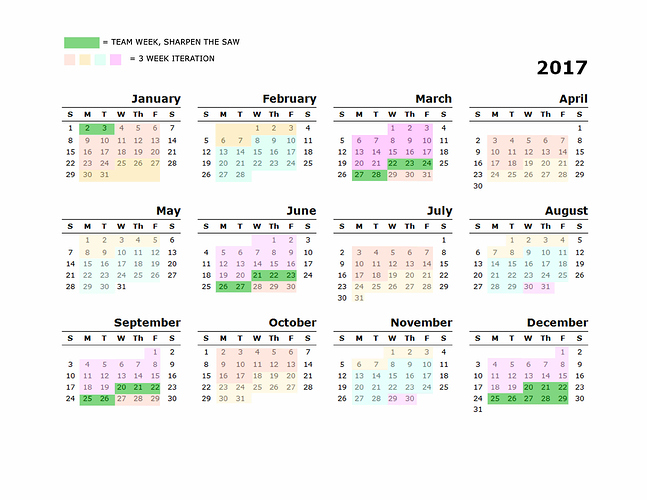Hi Ryan.
What I feel might be missing as an explicit element in your bullet points is: wellness of people as individuals and communities/teams. If people feel all this excitement to create and perform, but the culture does not make it safe to say (or even to notice) “I am worn out/frustrated/worried” then the people element will wear out quietly (or disengage) until you have non-functional/dysfunctional/missing people in your processes.
To promote health and a sense of safety for people and the whole system, I advocate for these elements:
- Liftoff for products or teams
- frequent Retrospectives (also often a good starting point in existing teams/products)
- regular activities for personal development for those leading change (personal coaching is a time-effective way, and there are many others)
- communities of practice
- wellness as an actively modelled workplace value.
Because they may feel like meta-processes (not directly related to the production process) there can be pressure to dispense with these when things all seem rosy. But because they build personal and organisational resiliency, I see them as “insurance” - worth “paying for” on clear days, so everyone is equipped to handle the storms that invariably come.
Sadly, these are often the first practices to be sacrificed, or “deferred” (same thing), which is short-sighted and undisciplined, in my view. Leading to bursts of brilliance, followed by burnout and refactoring of people (and probably software, per Conway’s law)
Deb


